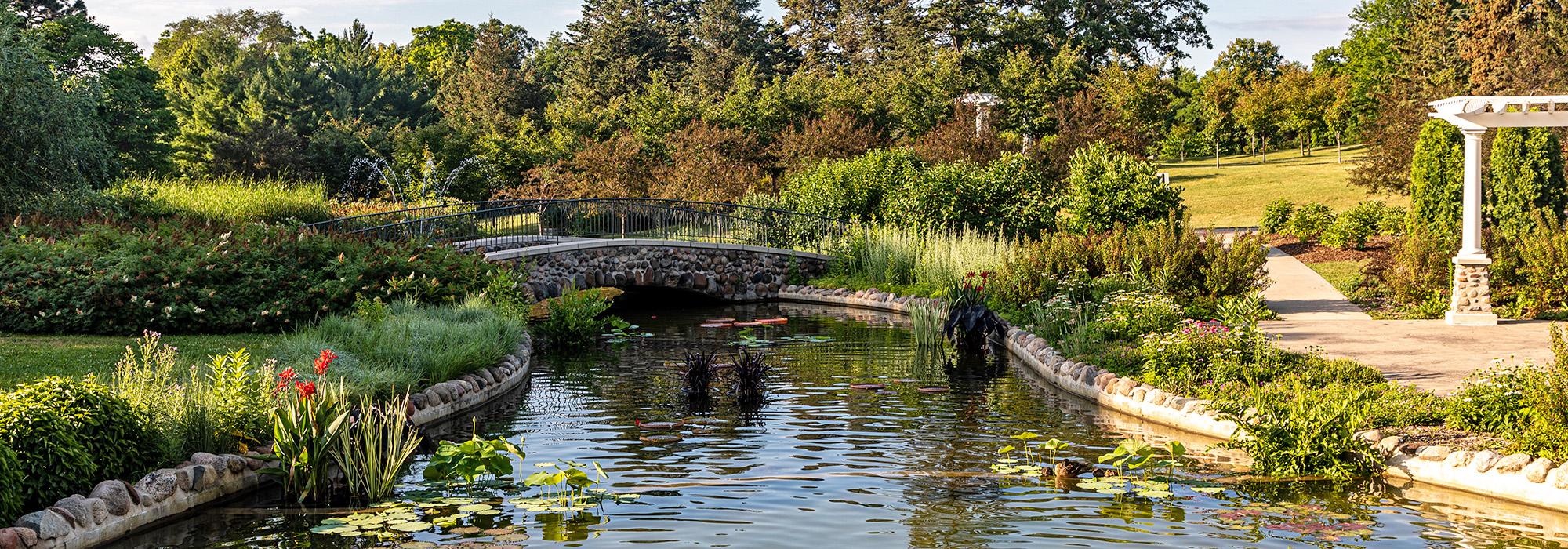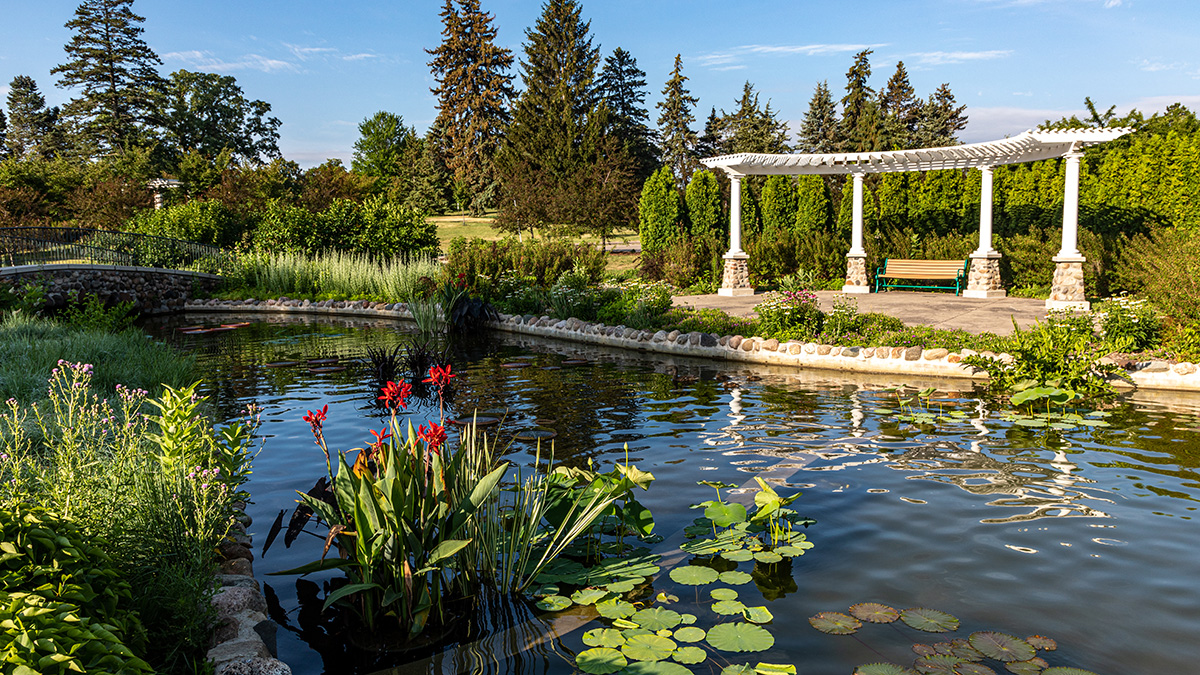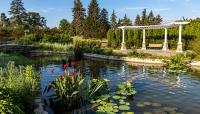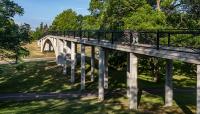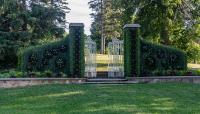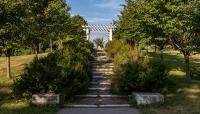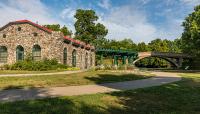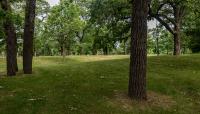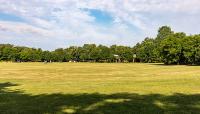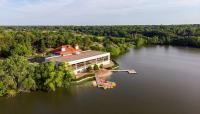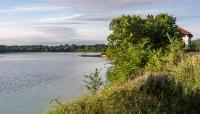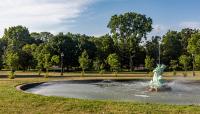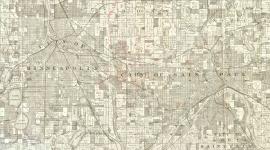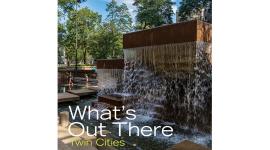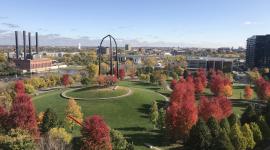Landscape Information
The first European settlers along Sandy Lake (renamed Como in 1856) arrived in the mid-1840s, after the Treaty of Traverse des Sioux forced the Dakota people onto reservations. A real estate boom in the 1850s quickly followed, and the area evolved into a recreational destination.
In 1872, H.W.S. Cleveland recommended the acquisition of public parkland including Lake Como and its surrounds. Three hundred acres were acquired by the city and named after the iconic Lake Como in the Italian Alps. Although development would be stalled until 1887, it would emphasize the public’s enjoyment of nature through the park’s natural features, including strolling, boating, riding, skating and picnicking.
Cleveland’s vision was advanced by horticulturalist Frederick Nussbaumer, who became superintendent of parks in 1891. In the decades that followed, the park’s transformation would be completed, resulting in a picturesque landscape supported by a variety of destinations including Como Zoo (1897); display gardens/lily pond (formerly the Aquarium); Schiffman Fountain and Lakeside Pavilion (1896); Mannheimer Memorial (1906); the Nelumbium Pond and Rockery, (now Frog Pond, 1911); and a Conservatory (1915, now named for Marjorie McNeely). Active recreation also took hold during this time, introducing new ball fields and playgrounds.
In 1979 a Japanese Garden gifted by the people of Nagasaki and designed by Masami Matsuda opened. Several park roads were removed in the 1980s to reduce traffic and diminish the presence of cars. Today, the Conservatory is the only structure in the 365-acre park listed on the National Register of Historic Places (1974).



